Before
After
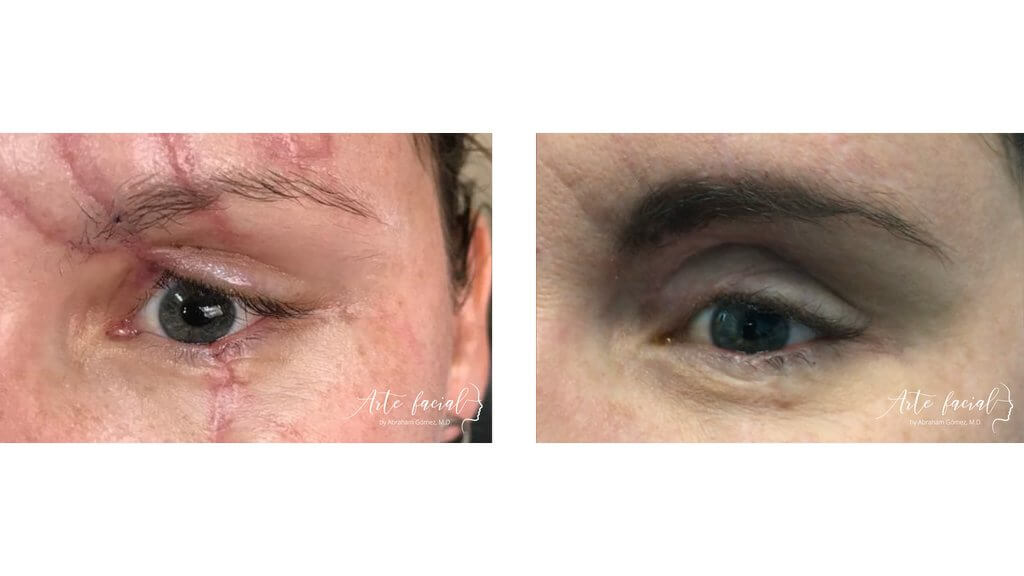
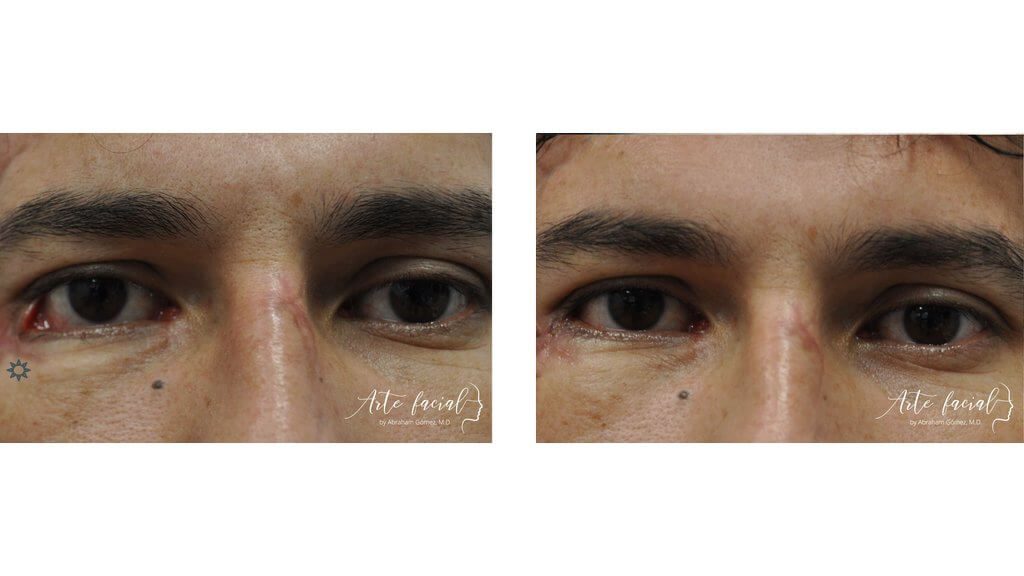
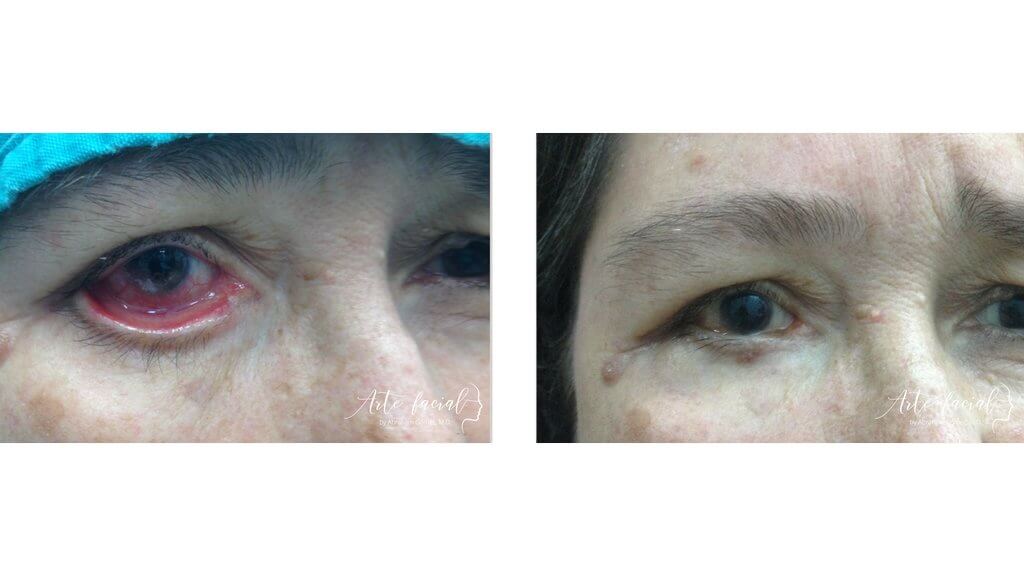
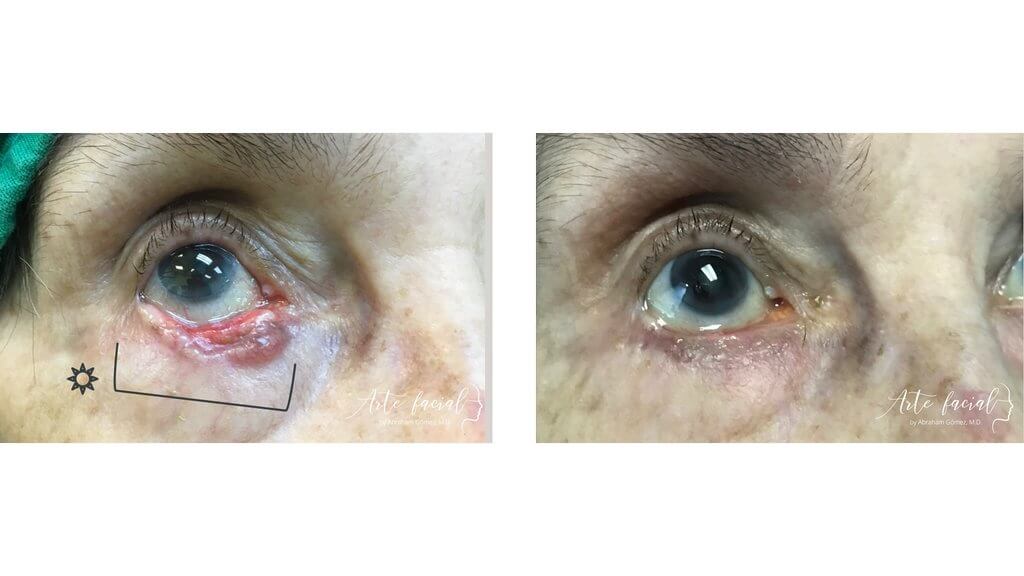
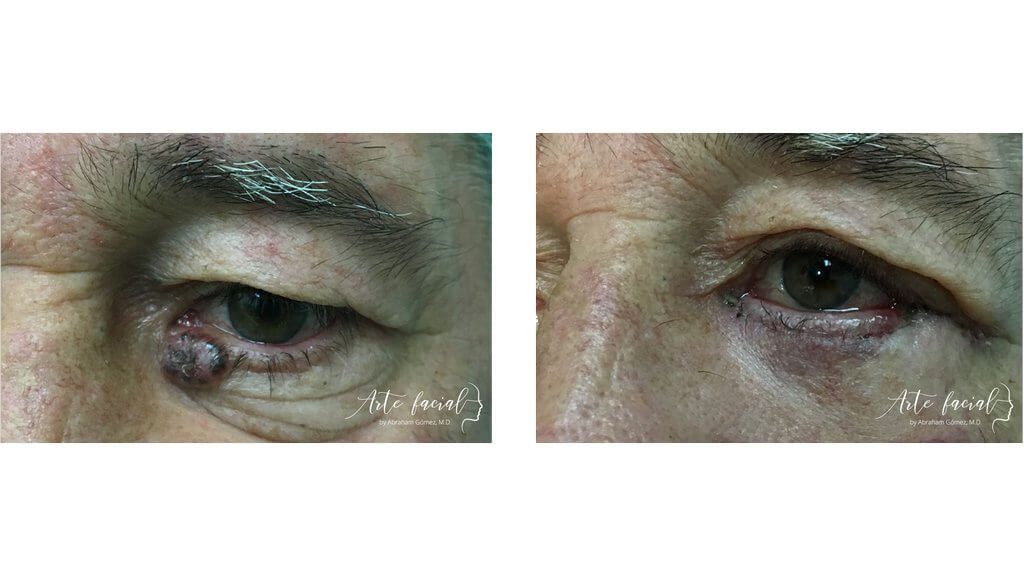
Functional & reconstructive (3)
Functional & reconstructive (4)
Functional & reconstructive (5)
Functional & reconstructive (6)
Functional & reconstructive (7)





Thyroid eye disease (TED), better known as Graves’ orbitopathy, is an inflammatory disease that affects the tissues surrounding the eye, especially fat, muscles, and skin. It is a chronic illness but its onset may be acute (days) or subacute (weeks to months). In general, TED is associated with an overactive thyroid gland, but it can also occur in hypothyroidism and is much more common in women. TED is a rare autoimmune disease in that it is self-limited and has both an active or inflammatory phase and a chronic phase.
The active phase of TED manifests itself by ocular inflammation that does not respond to usual medical treatments. Patients experience sensitivity to light, constant tearing, and changes in their vision. In most cases, these symptoms can be managed conservatively. In more severe cases, when vision is significantly compromised, treatment is more complicated and should be done in conjunction with an endocrinologist experienced in this disease.
The active phase leads to a chronic phase, in which the tissues have healed, and there is no more active inflammation. However, there may be clinical sequelae from previous inflammation- retracted eyelids, puffy brows, and bulging eyes. In such cases, surgical rehabilitation with reconstructive surgery to restore the normal appearance of the eyes is mandatory. It is important to state that more than one surgery is usually required to achieve the best functional and aesthetic results.
Before
After










+506 7032-5570
Abraham Gómez, MD
Hospital Clínica Bíblica, Omega Building, 2nd floor
Loras Medical, Torre Las Loras, main floor
ARTE FACIAL
ARTE FACIAL
Visit us at our new office! 25% off on your consultation at Loras Medical. Book here (Valid Until December 15, 2023.)
Please fill out the form below to schedule a virtual consultation with Dr. Gomez.